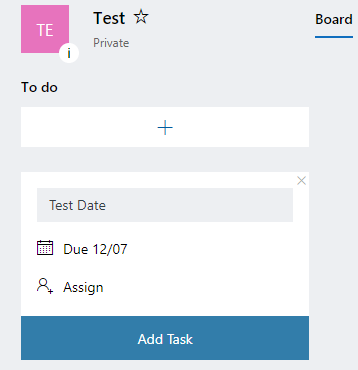For a very long time, users have been able to manage email group members via the Outlook client. Going into the Address Book, finding the group in the Global Address list, going into Properties and choosing ‘Modify Members’:

From there, someone can add or remove members as long as they’d been added to the “Managed By” field against the object in Active Directory, as well as ticking the box “Manager can update membership list” below it.
Easy! Except, that no longer works if the user is in Exchange Online, and the Email Group is from on-premises AD rather than Azure AD/Office 365. It’s not supported. This problem has been around for a while, back in 2015 Perficent wrote about this same topic. The options given for managing these groups are:
- Exchange Admin Center
- Exchange Management Console
- Exchange Management Shell
None of those are what you want your standard users touching in my opinion – although you can give someone access to the Exchange Admin Center and only see the distribution groups they own – but for me, I’m still on Exchange 2010 so this isn’t an option. This leaves you with a few options:
1. Change all your email groups to Cloud based groups. If this makes sense for you, doing this will let the manager of a cloud based group add/remove members via the Outlook Address Book.
You can also look at changing distribution groups over to Office 365 Groups (which are also cloud based), which give a whole bunch of different features beyond a what a distribution group can do, while giving the same standard DG experience.
2. Make all requests come through to IT so you can make the changes yourself. Not great for anyone involved, as it’s double/triple handling something where the user could quickly do it themselves.
3. Create Dynamic Distribution Groups and let automation do it’s thing – which will work for some, but exceptions to rules and the inability to see who’s in a group can make this frustrating for some.
4. Provide another way for staff to change group members themselves.
I’ve gone with option 4 – as I’m a big fan of Adaxes which I’ve written about a few times on my blog before, and they have a nice way of giving users a web interface that only lets staff manage the groups they’re the owner of.
There’s other ways to do this as well of course and other 3rd party solutions that can expose ways of adding/removing members of a on-premises distribution group – but remember there could be up to a half hour delay in syncing the change from AD to AAD via Azure AD Connect. If possible, look at adding a trigger at the end of a group change to do a delta sync:
Start-ADSyncSyncCycle -PolicyType Delta
That’ll be the quickest way to get the change up quickly, as staff may be used to the change working immediately.
There’s a lot to consider on how you’ll manage this, so make sure it’s sorted before you migrate – or expect a lot more tickets going through your helpdesk.













